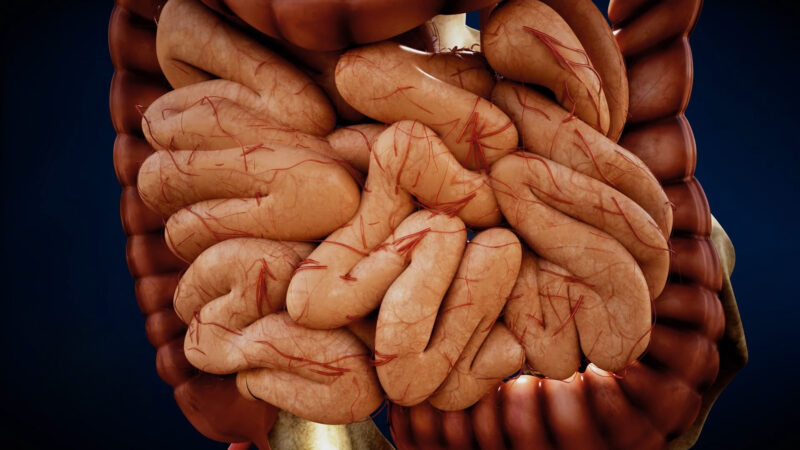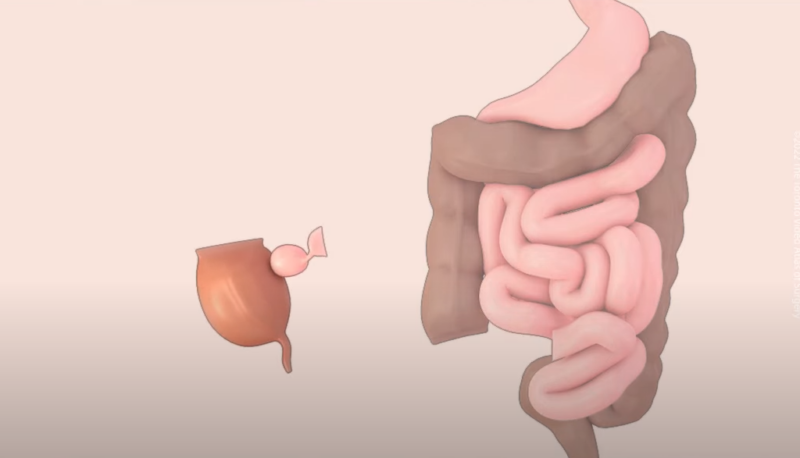In the vast realm of gastrointestinal disorders, Secretory Diarrhea stands as a unique and often misunderstood condition. While the term ‘diarrhea’ is familiar to most, the word ‘secretory’ might raise eyebrows.
This article delves deep into the world of Secretory Diarrhea, shedding light on its intricacies and offering valuable insights for both the curious reader and those directly affected by it.
What is Secretory Diarrhea?
Secretory Diarrhea is not your typical run-of-the-mill diarrhea. It arises due to abnormalities in the secretion processes of the small and large intestines or issues with the gastrointestinal (GI) tract’s water and electrolyte absorption. In simpler terms, it’s when the body either secretes too much fluid into the intestines or doesn’t absorb enough, leading to diarrhea.
The Clinical Picture: What Does It Look Like?
Clinical Consequences: Imagine having diarrhea that doesn’t stop, even if you haven’t eaten anything. That’s the reality for many with Secretory Diarrhea. The most distinguishing feature of this condition is the large volumes of watery diarrhea.
Unlike other forms of diarrhea, pain is minimal, making it a silent yet persistent ailment. The most perplexing aspect? The diarrhea persists even when food intake is halted.
Digging Deeper: The Causes Behind Secretory Diarrhea
Etiologies:
The root causes of Secretory Diarrhea can be broadly categorized into two main areas:
Excessive Intestinal Secretion

- Fecal Impaction: It might sound counterintuitive, but sometimes the body’s response to a blockage is to produce more fluid. When feces become impacted in the large intestine, it irritates the mucosa. The body, in an attempt to dilute this irritant, increases secretion in the large intestine. The result? Diarrhea.
- Microbes: While many infectious agents can enhance small intestinal secretion leading to diarrhea, they are typically classified under Infectious Diarrhea. However, it’s essential to note that these microbes can play a role in Secretory Diarrhea’s onset.
Reduced GI Water and Electrolyte Absorption

- Resection of ileum: The ileum, a part of the small intestine, plays a pivotal role in absorbing water and electrolytes. If a portion of the ileum is surgically removed, the surface area available for absorption diminishes, leading to Secretory Diarrhea.
- Hypersecretion of VIP: Vasoactive Intestinal Peptide (VIP) is a neuropeptide that plays various roles in the body. However, an overproduction of VIP, either due to a tumor called VIPoma or thyroid medullary carcinoma, can lead to Secretory Diarrhea.
Wrapping Up: The Importance of Understanding Secretory Diarrhea
Secretory Diarrhea, while not as commonly discussed as other GI disorders, holds significant clinical importance. Recognizing its unique characteristics and understanding its underlying causes can pave the way for better diagnostic and therapeutic approaches.
For those living with Secretory Diarrhea, knowledge is power. Being informed about the condition can aid in better management and improved quality of life. For the rest, understanding this condition fosters empathy and awareness, bridging the gap between the known and the unknown.
In the end, whether you’re a patient, a caregiver, or just an inquisitive soul, unraveling the mystery of Secretory Diarrhea offers a deeper appreciation of the body’s complexities and the challenges many face daily.

